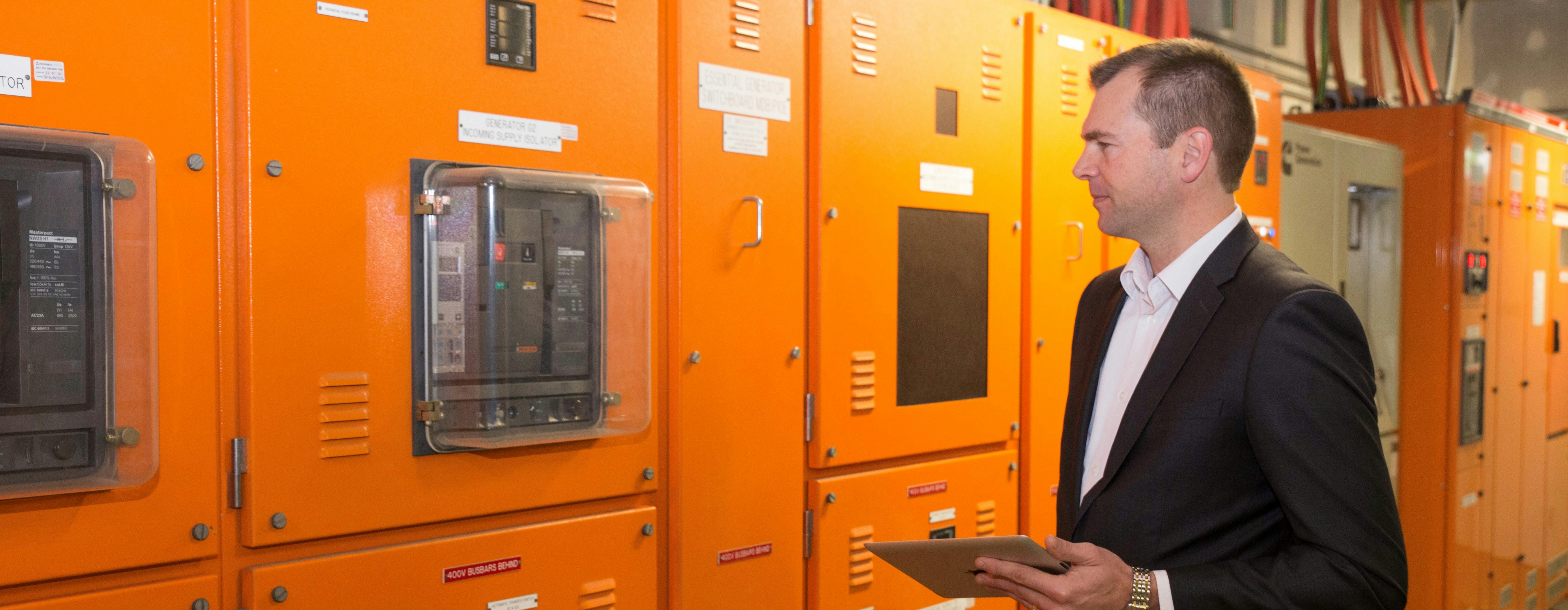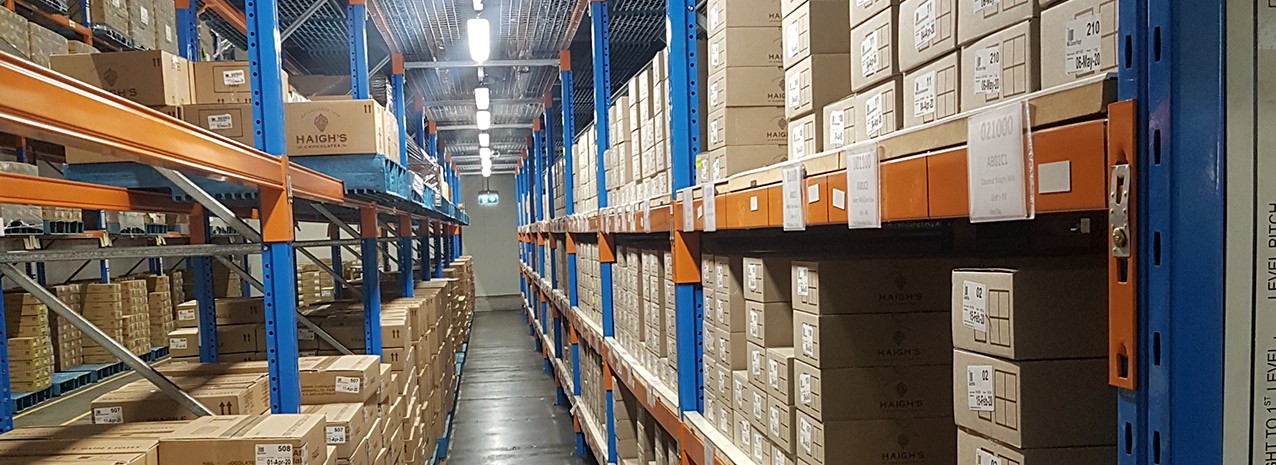Reducing industrial electricity bills: Don’t forget the strategy!
August 21, 2020 / Quentin Roberts

In a time when Australia is grappling with energy pricing pressure and uncertainty around the national energy policy, there is a tremendous opportunity for industrial businesses to take action and reduce their electricity bills.
Some work has been done with energy efficiency over the last decade (mainly driven by federal government support) which has made a degree of impact, but nowhere near enough.
The American Council for an Energy-Efficient Economy’s 2018 International Energy Efficiency Scorecard ranked Australia 18th – the worst in the developed world. This is staggering and should ring alarm bells when improved energy efficiency is so clearly linked with competitive advantage. Australia’s industrial sector clearly has more work to do – starting with unlocking the hidden or dormant opportunities that exist within businesses’ current operations.
Opportunities like compressed air management, LED lighting, motor upgrades and controls, pumping efficiency, HVAC controls, refrigeration optimisation, burner efficiency, heat recovery, insulation, process control and automation, co-generation and demand management are just a few.
It’s not uncommon for energy savings to be in the order of 5-20 percent, which can be a significant contribution to the bottom-line. The recent ICN Energy Efficiency expo and seminar highlighted many case studies of this.
What challenges do businesses face in implementing energy savings initiatives?
Striving for energy savings and efficiencies needs to be a continuous endeavour – it’s what keeps businesses on-top of costs. The trouble is keeping momentum in such activities. If projects are viewed in isolation, there is a danger that full benefits may not be realised. The problem is less about availability of technologies and options, and more about application. Businesses need the knowledge of how, when and what opportunities to activate in order to ensure the right investments are made. This is where strategic energy management comes in.
What is strategic energy management?
Strategic energy management is a holistic approach to establishing priorities, setting clear goals, realistic targets and establishing mechanisms that enable accountability. It’s so much more than simply targeting low-hanging fruit or the easy to implement lower-cost projects. It’s about using the seed from that harvested fruit to sprout more returns.
In other words, looking to bundle a group of projects so that the quick-win projects can shorten the longer payback ones.
For example, a LED lighting project with payback of under two years, could help a longer payback refrigeration upgrade project get over the line.

Where should you begin?
Many would be familiar with common and well-regarded best-practice management systems such as ISO 9001 (Quality) and ISO140001 (Environmental management), but not so many are familiar with the newer member of the family ISO50001 (Energy Management System). This standard offers a solid framework to build a strategic energy management approach.
The strategic energy management principles encouraged by the standard ensures the long-term view is always in mind and brings previously ad-hoc projects into context to deliver sustained results.
I have summarised the key elements of this best-practice approach into four key phases: Assess, Analyse, Activate and Achieve:
1. Assess
This phase is about understanding the current state-of-play. Establish a starting point or baseline by determining what energy is used, when and where. Set a policy for the organisation to establish the energy management culture which should include some kind of target/goals that are measurable. Engage key stakeholders and potentially seek external expertise to establish what the improvement opportunities are. Remember, if your energy management system is not paying for itself there is something wrong.
2. Analyse
Develop strong business cases by getting the data right. Get the savings calculations backed with data where possible and seek firm pricing on solutions. It’s important to establish how the savings will be verified post-project either by smart metering or some other agreed methodology. Show how this opportunity or group of opportunities will help the organisation meet its target.
3. Activate
Implement the project, but make sure it is managed properly. It is a common mistake to rush into a savings measure implementation without applying good project management principles. It needs to be delivered on-time and on-budget with demonstrable savings if further investment is to be attracted.
4. Achieve
Take the time to measure and verify the savings. Celebrate the successes and communicate the outcomes throughout all levels of the organisation. Use the momentum to lay the groundwork for the next project.

Conclusion: approach energy the right way
In essence, when approaching energy, take the time to ‘zoom-out’ and look at all of your opportunities in context. Engage your team in this process so you can all celebrate the positive, lasting and measurable outcomes together.
